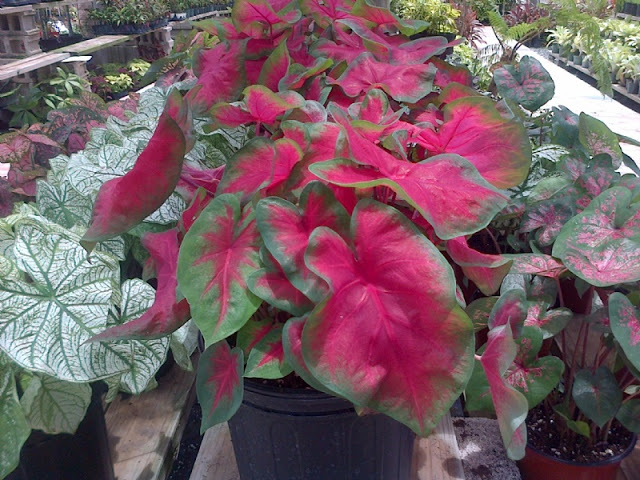When we went outside for photos of his birthday present, Alex said, "Grampy, could I walk on your cardboard?" Adults would scoff at half the yard covered in cardboard and say, "What a Dogpatch!" but a boy is going to explore it and ask about it.
"Why all the cardboard?"
I answered, "This is going to be the Wild Garden, so we are killing off the lawn grass and building up compost."
"Cool!"
 |
| Sassy Sue supervised our backyard adventure. She helped sing "Happy Birthday" to Alex. |
Cardboard
Large cardboard boxes speed up carpeting the lawn, but we still needed carloads of scrap and almost all the cardboard used in our home over a period of time. However, we did get the entire area, half the backyard, covered with one layer of cardboard and a series of objects holding it down.
The last storm gave us lots of wind and almost no rain, so some of the cardboard tried to fly away. The storm from yesterday and today is making the layer heavy and soggy now. The first object is to keep sunlight from renewing the sod in spring, Instead, the lawn will turn into highly productive compost. Entire books are written about building compost, but the easiest and best way is to use something in place with all the ingredients - soil creatures, soil microbes, nitrogen sources (grass), and food (miles and miles of roots).
 |
| Do you want even bigger, more radiant blooms than this one, from the Net? Mulch and earthworm your bushes. |
Leaves
The leaves are only starting to fall now. In the front yard they are going under the crepe myrtle bush in a tall pyramid, to feed the roots and protect the Calladium bulbs I left there. They are tender bulbs that might last the winter under a thick blanket of leaves, their spaces creating insulating air pockets.
 |
| Sweetheart Calladiums grew under the crepe myrtle and matched the color of the blooms. |
Another place is the rose garden, where thousands of earthworms pull down all organic matter. Their fertilizer is made up of leaves, newspapers, wood mulch, and Robin-gro.
The sunny garden, formerly the Straw Bale Organic Slug Farm, will have leaves to fertilize the tomatoes I grow there next spring. That area already enjoys bales of rotting straw (a nitrogen base), newspapers, wood mulch, weed remains, and newspapers. The area is teeming with earthworms and holds water very well. Although I tended to neglect watering those roses compared to the main rose garden, the bargain roses grew prodigiously all summer.
I will grab autumn leaf bags from neighbors when I can. They can laugh all winter long, but they will be at the Jackson Rose Farm when they want roses. On Sunday I easily cut a bunch of KnockOut roses for the altar and expect to again this Sunday. After that, the frost will begin to nip them. The hybrid tea roses, more delicate, have decided to sleep for the winter.
Wood Mulch
I am more likely to get one big load of mulch for next year. Almost Eden Nursery is next door, and that will work well for both of us. Mulch will look pleasant and harbor all kinds of creatures while holding down weeds and feeding the soil.
Every time I put down fresh mulch I see a spider's web cast over it. When I cut perfect roses for the altar, I often find a tight spider's web woven around the base of the stem, a message to pests, like Gandalf's - "You shall not pass!"
Arnold Schwarzenegger spoke at the Walmart Saturday Morning Meeting. He was hilarious.
We also heard an actress speak about "Polar," an upcoming TV movie.



